Other marsupials
Koalas
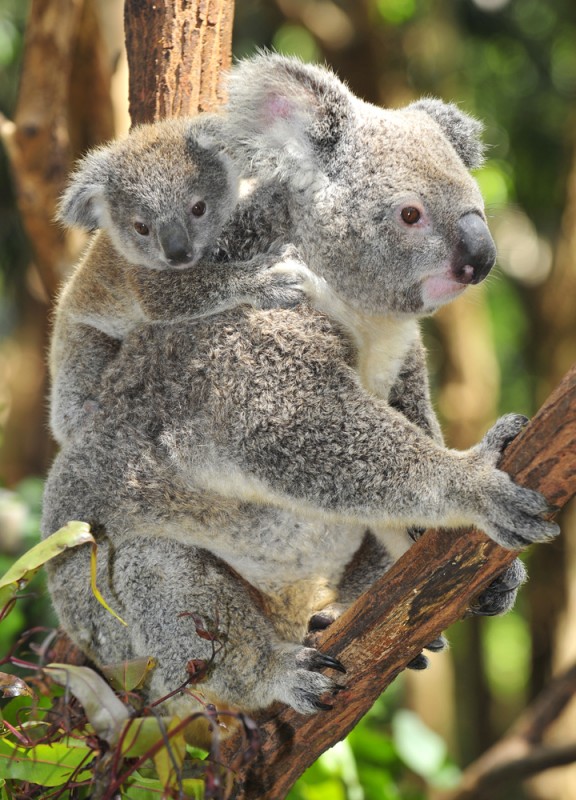
Less easy to spot than kangaroos and wallabies, koalas spend their time in certain eucalyptus trees, resting and eating leaves. You’ll have to pay more attention to spot them in the trees, and it will be harder to get close.
Koalas feed exclusively on eucalyptus leaves. And even then, they eat the leaves of very specific species (they will only 35 out of Australia’s 600 eucalyptus species). As the leaves are quite toxic, koalas devote a large part of their energy to digestion. So they need lots of rest—18 to 22 hours a day!
Where to see koalas
Koalas are hard to spot because they live in trees and blend in well with the vegetation. Their numbers are dwindling as well. The current wild population is estimated to be less than 60,000 (source). They have been hit particularly hard by recent wildfires.
Koalas live in Victoria, Queensland, the ACT and New South Wales. They can also be seen in South Australia, where they have been reintroduced.
Here are a few places where you can spot them in the wild:
-
- Kangaroo Island (South Australia): koalas were reintroduced in the 1920s and they embraced their new environment so well that authorities were forced to create a plan to manage the population, which had become far too large, with several thousand koalas now living on the island. However, the 2019-2020 wildfires have drastically reduced the koala population. Paradoxically, some locals consider them pests and biodiversity experts think overpopulation is a problem.
- Raymond Island (Victoria): a 4-hour drive east of Melbourne, Raymond Island is the perfect place to see koalas. A (free!) ferry takes you to the island. It’s only 6 km long by 2 km wide but it’s home to around 250 koalas! Hop on the ferry and go say hi to these cute critters.
- Magnetic Island (Queensland): an island worth exploring with a population of several hundred koalas.
- Mikkira Station (South Australia): a small group of a few dozen koalas live on this former sheep ranch located near Port Lincoln (South Australia). The campsite ($25 per night) is very basic (one shower, one toilet), but it’s an ideal place to spend a few days in a peaceful setting, watching the koalas relax in the eucalyptus trees. Note that the area is closed from December to March) due to the risk of wildfire.
- In captivity, you can also see koalas at Tidbinbilla Nature Reserve (ACT), Yanchep National Park (WA), Lone Pine Koala Sanctuary (Brisbane) or on Phillip Island (near Melbourne). They can also be found in many of the country’s zoos and nature reserves.
Tips to spot a koala
Koalas live in high or low trees, so look up for little furry balls. The best time to spot them is in the late afternoon and early morning. Koalas are nocturnal animals and are much more active at night (granted, we’re talking koala “active” here!).
A few clues can indicate the presence of koalas—small claw marks on trees, but above all, large quantities of koala excrement, oval in shape and green/brown. If you see a lot of it on the ground, it’s probably because a koala isn’t far away.
Finally, koalas make the most unsettling sound. “What’s that? A boar?” Nope, these low-pitched vocalizations belong to a koala (hear the sound in this Youtube video).
Opossums
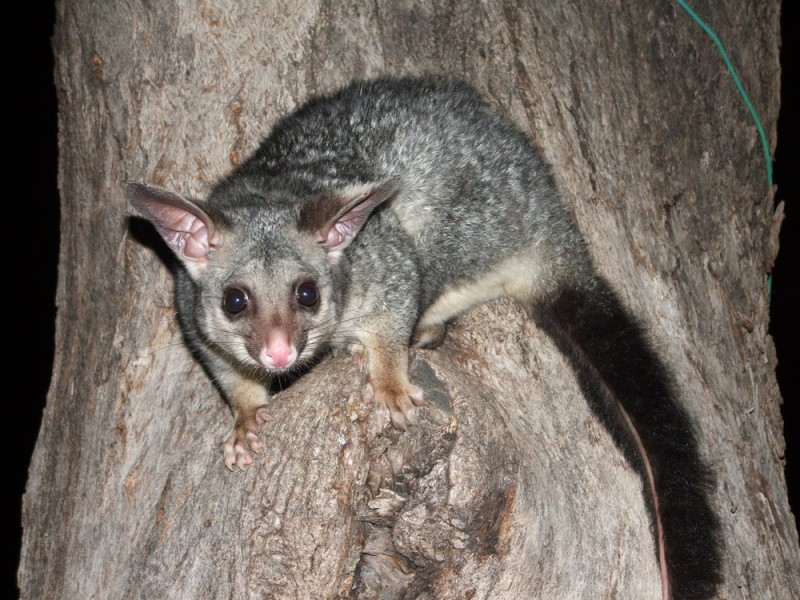
This small marsupial hides in hollow trees during the day and comes out at night. They are very quick and can be a little aggressive.
Where to see Opossums
You can see opossums in urban areas, particularly in parks. If you’re enjoying a picnic in Sydney, for example, don’t be surprised to see a few possums inviting themselves to your table and rummaging through your bags for food.
You can also see them in the Australian bush.
Wombats
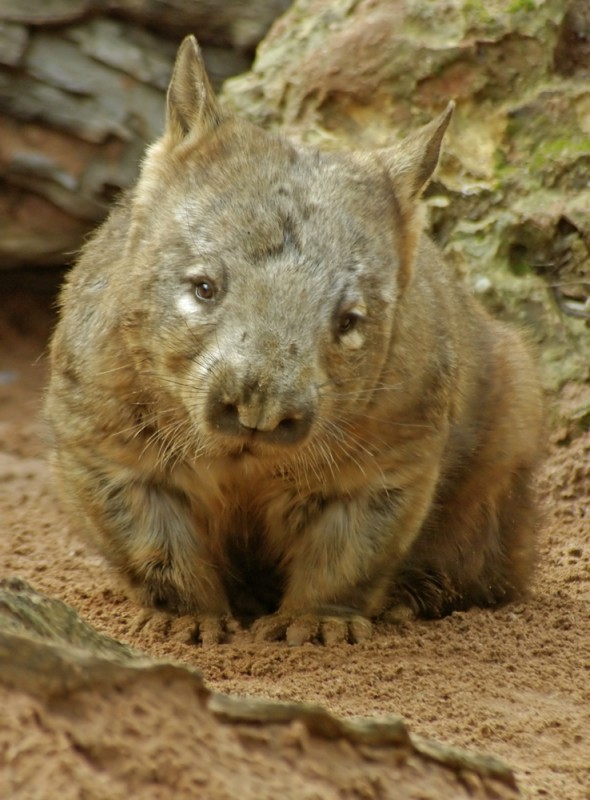
The wombat is a type of small but stocky marsupial with a large head and the distinctive feature of leaving behind square droppings! Like the opossum, it hides at night and comes out in the evening when it’s hungry.
You’re likely to spot wombats in Tasmania or New South Wales, particularly in the Blue Mountain National Park.
Bilbies
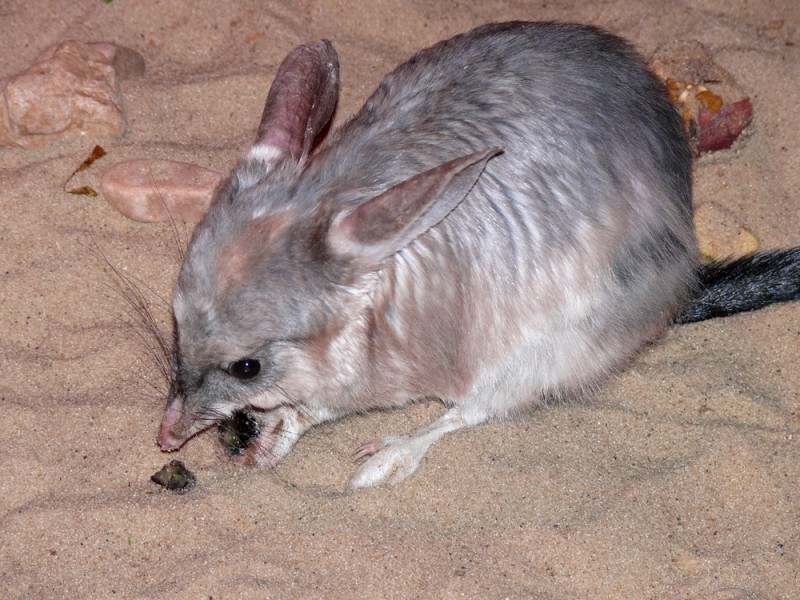
This little mouse with big ears is a protected species. It’s not easy to spot, especially as it is a nocturnal animal.
Where to see bilbies
Here are a few places where you may spot them:
-
-
- Kanyana Wildlife Rehabilitation Centre
- Peron Peninsula
- Scotia Sanctuary
- Yookamurra Sanctuary
-












 Français
Français English
English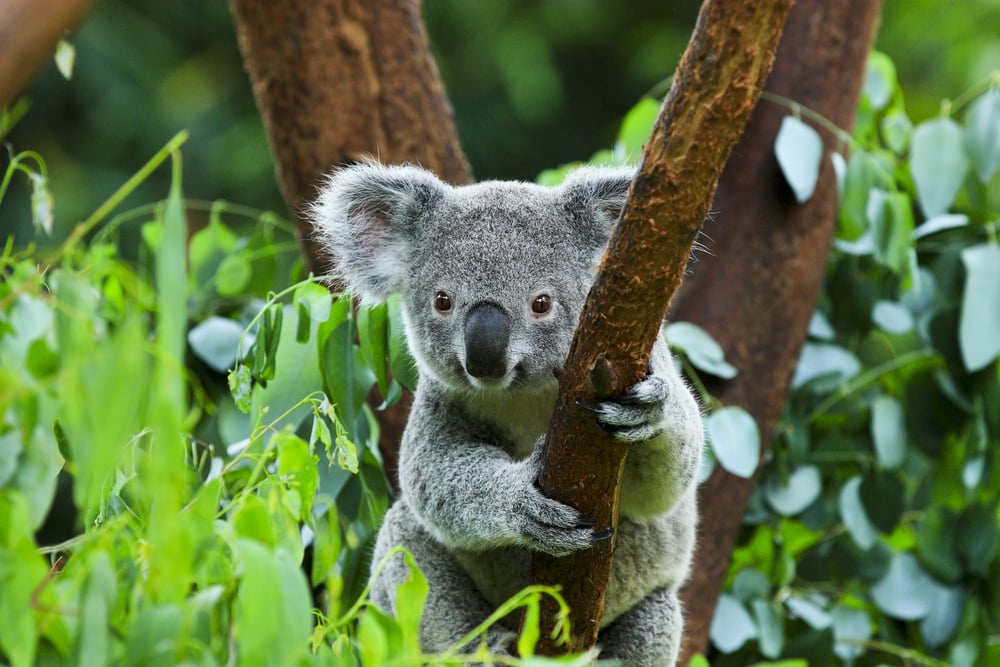
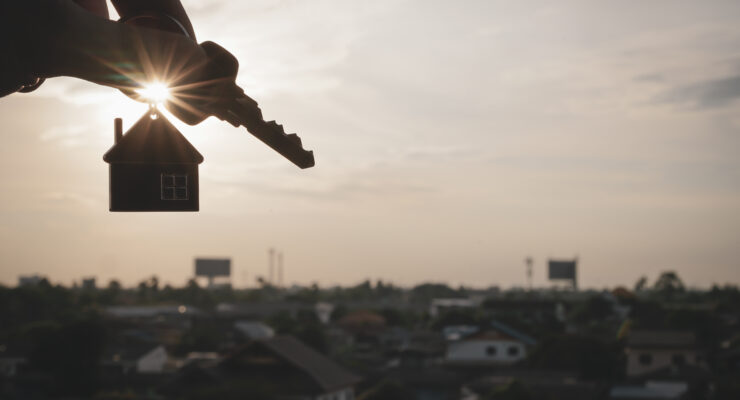
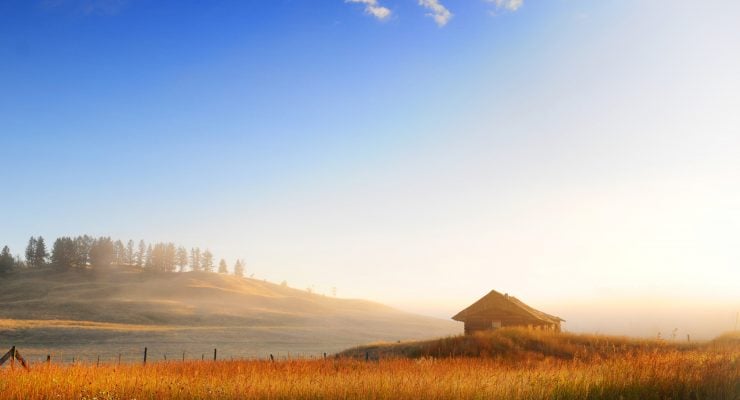
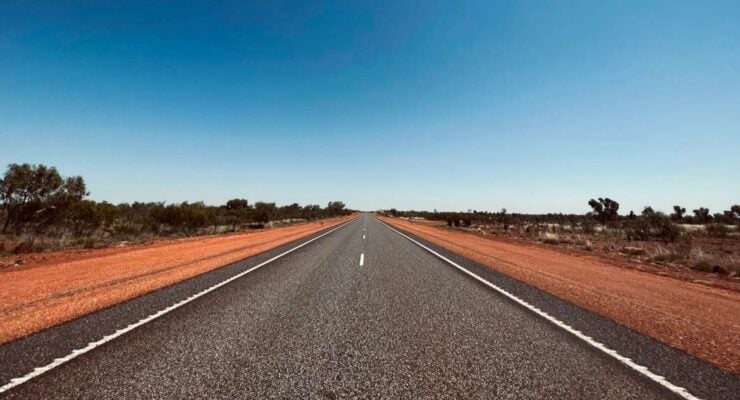
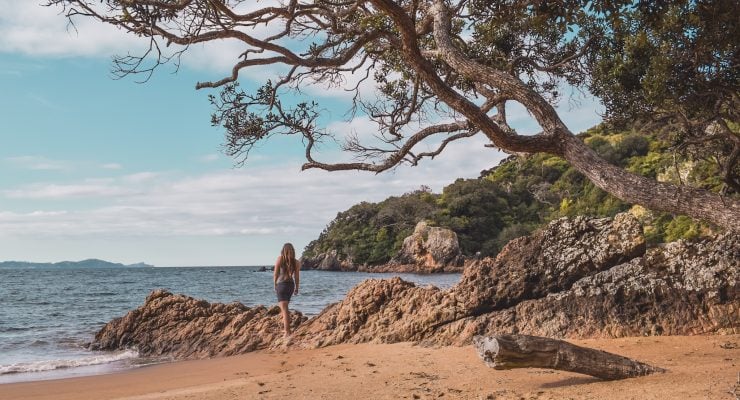
0 comments
{{like.username}}
Loading...
Load more